Director: Muk Baak-Ji
Producer: Chow Pei Hok
Cast: Fan Siu Wong, Leung Kar-Yan, Carisa Yan Wing-San, Ricky Ng Kwok-Sing, Hoh Hung-Kwan
Running Time: 93 min.
By Paul Bramhall
Director Lam Nai-Choi’s 1991 splatter fest, The Story of Ricky, is one of the movies that got me into the wilder side of Hong Kong cinema. An almost relentless barrage of eye ball popping, intestine strangling, stomach exploding goodness, it quickly achieved cult status in the west, and understandably so. However its native audience wasn’t so impressed. Adapted from a hyper-violent Japanese manga, it was a flop in Hong Kong upon release, and effectively marked an end to Nai-Choi’s career. Even more of a shame though, was that Nai-Choi’s unintended swansong was planned to be a launching vehicle for Louis Fan Siu-Wong, the son of Fan Mei-Sheng. Having been a child actor in the likes of Descendant of the Sun and Righting Wrongs, The Story of Ricky should have been an explosive debut for the buffed up 18 year old, but instead it left him blowing in the wind.
Siu-Wong is good natured about his role in The Story of Ricky, and talked candidly in an interview contained on the Hong Kong Legends DVD, released in 2002, of its impact on his career. While his profile never reached the heights of contemporaries like Jet Li and Wu Jing, Siu-Wong came to be a reliable presence in whatever he appeared in, with a particularly memorable role as a bandit in 2008’s Ip Man. It’s interesting then, that tucked away in the darkest recesses of his filmography, is an unofficial sequel to The Story of Ricky. Coming 13 years after the original, Super Powerful Man takes the form of a direct-to-video Taiwanese production, and is so far off the radar I imagine even the most avid fans of Siu-Wong and The Story of Ricky may not be aware of its existence.
Taking place in 2200, Super Powerful Man opens to a disjointed sequence of stock footage and bland onscreen text (that rambles on for a whopping 2:30 mins), explaining how in the 100 years prior the earth was ravaged and clean water has now become a sought after commodity. So far, so post-apocalyptic Filipino flick. Most of the water supply is controlled by an evil general (the legendary Leung Kar-Yan) and his trio of color coordinated spandex wearing henchmen (think a less intimidating version of The Wiggles). A morally upright professor (Ricky Ng Kwok-Sing) has been studying water purification techniques in a secret factory, but when its location is discovered, Kar-Yan and his lackeys ruthlessly kill everyone. Thankfully the baby Ricky is hidden away, however his brother is taken by Kar-Yan and raised to be his ruthless right hand man (Hoh Hung-Kwan). Several years later, and I’m pretty sure you can guess the rest.
Story wise Super Powerful Man is actually closer to the original manga than Story of Ricky, however that’s the only compliment I can give it (and it’s arguably more of an observation at that). Apart from Ong Bak, there wasn’t a whole lot going on for martial arts cinema back in the early 00’s, and in 2004 we were still a year away from the genre reinvigorating Sha Po Lang. The expression “the night is darkest before the dawn” constantly sprung to mind as I suffered through each of its torturously long 80 minutes, because make no mistake about it, Super Powerful Man is bottom of the barrel filmmaking in every respect. Marking the debut for director Muk Baak-Ji, he’d go onto make one other movie the following year called Game With a Rich Lady, and then fade into obscurity. Unfortunately by then he’d already inflicted the world with 2 productions.
Super Powerful Man looks like it was made with some leftover pesos from whatever production Philip Ko had most recently wrapped in the Philippines. It’s that bad. Filming is restricted to a handful of limited locations – there’s a reservoir, a gravel pit, and some deserted buildings, all chosen most likely because there weren’t any other people around. The camera constantly wobbles in such a way to make everything look like it was filmed by a kid with a smart phone, only smart phones weren’t around in 2004 (and had they been, honestly it would probably look a little less cheap). Flashbacks are shown in strange color choices like sepia and purple, and frequently shown more than once. One flashback of Siu-Wong meeting his girlfriend for the first time is repeated three times, and during the second and third, the scene in which the first flashback occurred is also played as a flashback. Seriously.
Siu-Wong himself looks like he hasn’t aged a day since starring in the original, and let’s face it, when you have a physique like his all you need to do is switch the camera on and he’ll look the part. But such is the incompetence of everyone involved that even this can’t be done right. His characters iconic camouflage poncho is the wardrobe of choice for most of the runtime, however careless oversights, like having the poncho’s label blatantly on show in a couple of shots, only serve to take the viewer out of the story. Actually, I guess that’s a merciful positive. Anyway, nobody wants to see the Walmart laundry instructions in a post-apocalyptic movie about some guy that can punch right through people.
At least, he could in the original. Here he doesn’t do much of anything. The fight scenes are horrendously filmed, almost entirely in slow motion, with the only requirement being for Siu-Wong’s opponents to have a mouthful of water to spit out once they receive a light tap from his fist. Hoh Hung-Kwan, who plays Kar-Yan’s head henchman, would also choreograph the action (although it’s a stretch to call it that), and much like director Baak-Ji, Super Powerful Man and Game With a Rich Lady are the only productions he’d choreograph himself. Characters flip from kicks which make no contact, have cuts painted on them before they’re inflicted, and generally look hesitant to commit. For fans of grounded kung fu, the best I can say is that there’s no wirework, but then, that’s likely because they couldn’t afford them.
The rest of Super Powerful Man manages to draw occasional smiles, more out of pity than anything else. Kar-Yan’s experiments on Hung-Kwan consist of a kitchen sieve being lowered onto his head by someone just off-screen, complimented by some early-90’s special effects. Meanwhile, Siu-Wong takes inspiration from Sonny Chiba in Soul of Chiba, with electrodes attached to his chest as he attempts to pull a bulldozer uphill in the gravel pit. For some reason while he’s doing this, an effect is awkwardly overlaid onto his body that looks like circular ripples in the water. My personal favorite part though has Kar-Yan and Hung-Kwan talking to each other via small metallic rings stuck to their foreheads. A somewhat jarring reminder that proceedings are supposed to be taking place in 2200, this futuristic piece of telecommunication will hopefully be introduced with the iPhone 20, but don’t hold your breath.
Baak-Ji isn’t just content with offending an already broad audience with Super Powerful Man, so even takes aim at anime fans, with a soundtrack blatantly lifted from the Macross and Gundam franchises. The themes frequently feature quietly in the background of many scenes, almost as if they’re embarrassed to be there. Frankly Super Powerful Man’s existence is a mystery to me, and plays more like a Chinese telenovela than a legitimate feature film. Thankfully we’ll always have the original Story of Ricky, and much like the warden’s fate in the finale of Nai-Choi’s classic, the best place for it would involve a particularly zealous meat grinder.
With the exception of Kung Fu Hustle, 2004 was a barren wilderness for many of yesteryears kung-fu stars, and any look at the other titles in Siu-Wong and Kar-Yan’s filmographies from the same year will surely draw plenty of blank expressions (Fairy Legend anyone?). But we all do what we can when bills need to be paid, and this is as good of an explanation as any for their appearance in this atrocity. Perhaps the biggest elephant in the room though, is Super Powerful Man’s other English title – Dint King Inside King. Ranking up there as one of the more nonsensical translations, if anyone can explain it, I’m all ears. For the rest of us, regardless of how curious you may be to see Siu-Wong reprise his role as Riki Oh, the best advice I can give is to resist at all costs.
Paul Bramhall’s Rating: 1/10

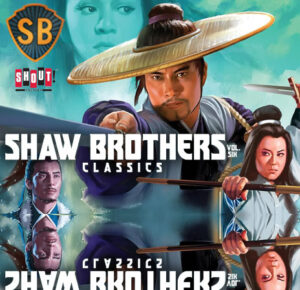
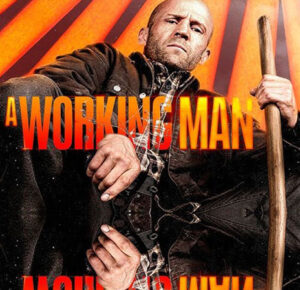
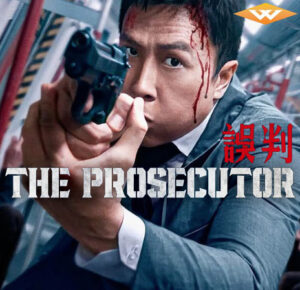
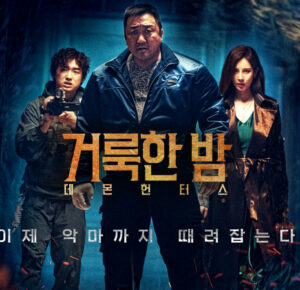
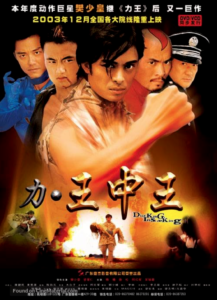
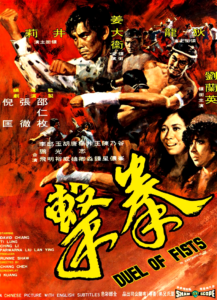



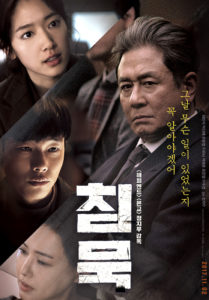
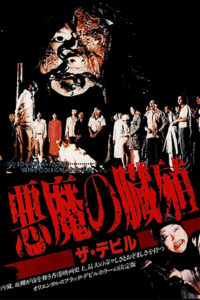
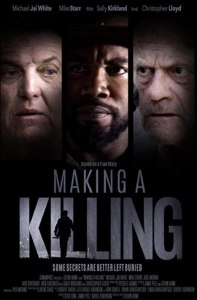
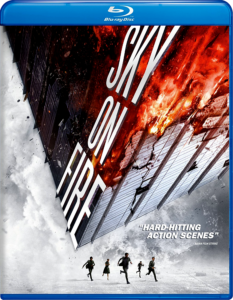
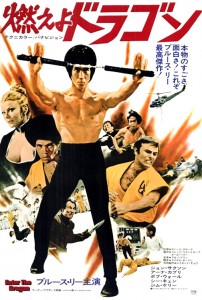

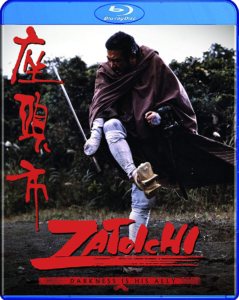
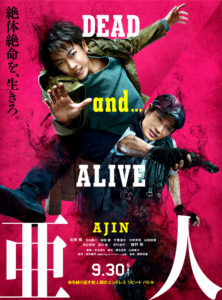
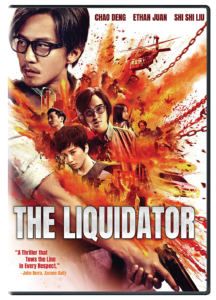



Be the 1st to Comment